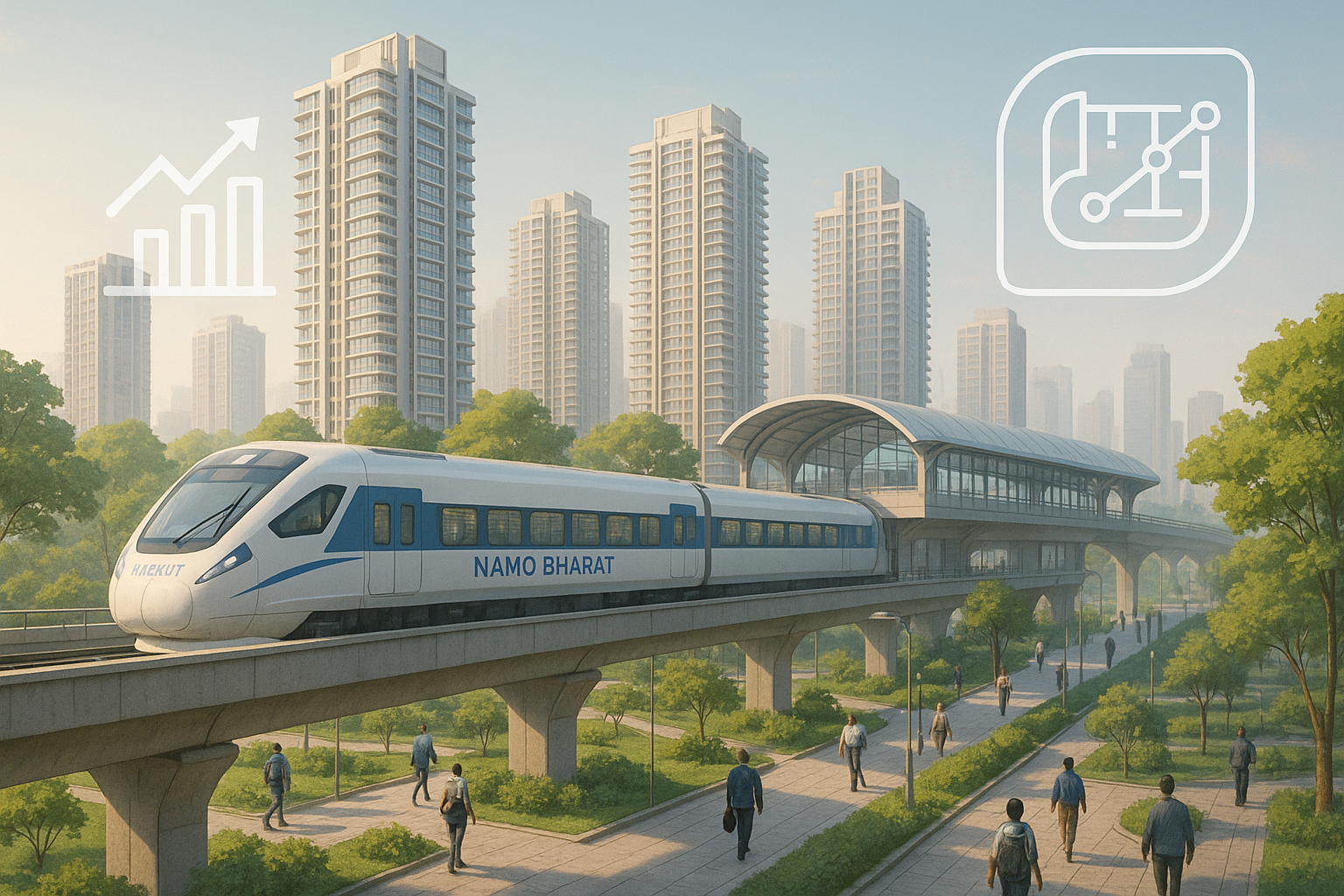What’s Next for Delhi’s Smart Cities Command Rooms Now That the Mission Has Ended?
Imagine a city where cameras track traffic in real-time, sensors monitor air quality automatically, and emergency teams respond within minutes — all coordinated from a single control room. That was the idea behind the Smart Cities Mission in India. But now, as the mission draws to a close, key facilities like Delhi’s smart command and control rooms face a foggy future.
So, what’s happening? Why are these sophisticated urban tech setups suddenly facing uncertainty? Let’s break it down in simple terms.
What Was the Smart Cities Mission Anyway?
Launched in 2015 by the Indian government, the Smart Cities Mission aimed to make urban areas more efficient, sustainable, and livable. The idea was to use technology to improve everyday services like water, electricity, transport, and sanitation.
Under this plan, 100 Indian cities were selected to get a tech upgrade. Among those, Delhi’s New Delhi Municipal Council (NDMC) area was included. One of the biggest components? The Integrated Command and Control Centres (ICCCs) – state-of-the-art digital brain centers that monitor everything from traffic to garbage collection.
Why Were These Command Rooms a Big Deal?
Let’s think of an ICCC as the control tower of a city. It gathers data from hundreds of surveillance cameras, traffic lights, environmental sensors, and public utilities.
Using this information in real-time, city managers could:
- Monitor live traffic and adjust signals accordingly to reduce congestion
- Keep tabs on public safety using high-resolution street cameras
- Track waste collection trucks and ensure timely pickup
- Respond to emergencies quickly — like sending backup during a fire or natural disaster
These command rooms proved useful, especially during the COVID-19 pandemic, helping cities manage lockdowns, track hotspots, and coordinate relief efforts.
Delhi’s Smart Control Room — What Did It Cost?
In Delhi, building a smart command center came with a price tag of over ₹137 crore. That’s a massive investment for the NDMC. And visitors to the facility often walked away impressed — screens displaying city-wide data, quick issue alerts, real-time monitoring — it was like something out of a sci-fi movie.
But like most things in life, once the honeymoon phase is over, the question remains: who keeps the lights on?
The Mission Ends, but the Tech Remains… For Now
Here’s where things get tricky. The Smart Cities Mission officially ended in June 2023 after multiple extensions. With that, a big question hangs in the air: Where does the funding come from now?
Up until now, the Government of India was footing much of the bill. But as the program winds down, NDMC and other urban local bodies are expected to take over the costs — including hardware upkeep, software updates, and staff salaries for the command rooms.
To put it plainly, it’s like someone gifted you a high-end car and said, “Now it’s yours — but you’re in charge of fuel, insurance, and maintenance.”
Red Tape and Roadblocks
While these command centers were built by Special Purpose Vehicles (SPVs) — temporary companies created just to run smart city projects — these bodies often have no long-term authority or staff. So once the mission ends, there’s confusion over who owns what.
According to officials, a transition plan is needed: the SPV should officially hand over the asset to NDMC. But without clear instructions from the central government, it’s been slow going.
A Bigger Problem Across India
Delhi is just one of many cities now asking: What happens next?
Out of the 100 smart cities, only a third have completed their planned projects. And only a few local bodies are financially or technically ready to take full control of the smart assets.
Here’s what typical cities are facing:
- Lack of skilled personnel to run high-tech systems
- No clear source of funds for maintenance and upgrades
- No official guidelines on how and when SPVs should exit
It’s a bit like building a spaceship without enough trained astronauts to fly it.
Is There Hope Moving Forward?
Despite the uncertainty, all is not lost.
The central government has announced that a new urban renewal program may be launched to replace the Smart Cities Mission. While details are still under wraps, this scheme could provide additional support for operations and staffing in smart cities.
In the meantime, NDMC officials say they’re committed to keeping the Delhi command center operational — even if it means reshuffling budgets or bringing in private partners to share the load.
Possible Solutions on the Horizon
- Public-private partnerships to help with funding and tech support
- Skilling programs to train city staff in managing advanced systems
- New policy from the Centre to clarify how SPVs hand over assets
But until these moves become reality, cities like Delhi are left in a bit of digital limbo.
What Can We Learn From This?
The Smart Cities Mission may be wrapping up, but its legacy — both good and challenging — is just beginning to unfold.
It’s a classic case of “now what?” after a big project ends. Creating smart infrastructure is just half the job. Managing, updating, and funding it in the long run is where the real challenge begins.
As Delhi tries to figure out who will run and fund these futuristic command rooms, there are important lessons for other cities, both in India and around the world:
- Don’t just build — plan for long-term use
- Train local teams to take over major tech systems
- Set up funding models that won’t dry up once the central mission ends
Final Thoughts: The Smart Future Still Needs Smarter Planning
Imagine buying your dream smartphone — only to realize months later that the warranty is up, there’s no tech support, and the latest software won’t work unless you pay extra. That’s almost what’s happening with India’s Smart Cities program.
The good news? The tech and knowledge are already in place. In the right hands, with proper planning and funding, these modern control rooms can continue making our cities safer, cleaner, and more efficient.
So, as Delhi and other metropolises look to the future, the real question is — can smart cities live on smart leadership?
Only time will tell.













